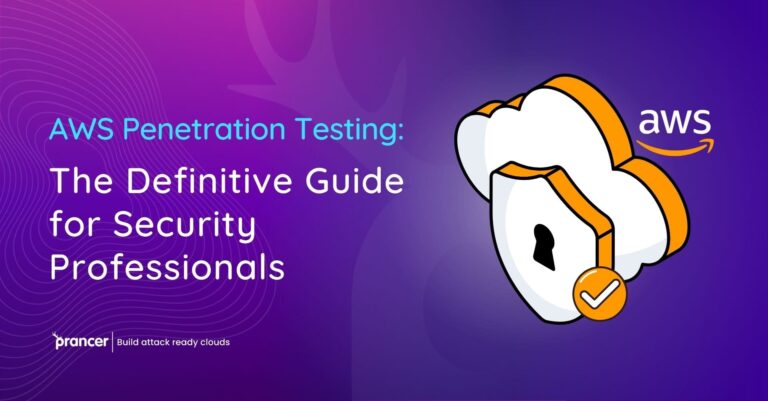

In today’s digital landscape, implementing robust cloud security best practices is essential for safeguarding applications and protecting sensitive data. This article explores the importance of cloud security best practices in application security and highlights the value of automated security solutions by Prancer. Discover how Prancer’s advanced solutions can help you enhance your cloud security, implement best practices, and fortify your application security.
The Importance of Cloud Security Best Practices: Cloud security provide a set of guidelines and recommendations to ensure the confidentiality, integrity, and availability of applications and data in the cloud. By following these best practices, organizations can mitigate risks, prevent data breaches, and protect against evolving security threats.
The Role of Automated Security: Prancer’s automated security solutions play a critical role in implementing and enforcing cloud security best practices. By leveraging intelligent algorithms, continuous monitoring, and real-time threat intelligence, these solutions help organizations automate security assessments, detect vulnerabilities, enforce access controls, and provide actionable insights to enhance their application security in the cloud.
In addition to the automated security solutions highlighted above, Prancer offers features such as secure code storage, access controls, and real-time threat intelligence to further enhance cloud security. With Prancer’s comprehensive suite of automated security solutions, organizations can implement cloud security best practices, protect sensitive data, and fortify their application security.
Fortify Your Application Security with Prancer’s Automated Solutions and Cloud Security
Implementing cloud security is vital for protecting applications and data in the cloud. By leveraging Prancer’s advanced automated security solutions, organizations can enhance their cloud security, implement industry, and fortify their application security. Safeguard your cloud environment, elevate your application security, and streamline your security processes with Prancer’s automated solutions and cloud security best practices.
